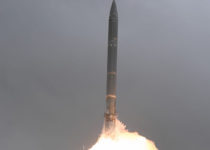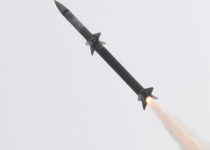My Detailed Take On Battlefield Ukraine By James Rosone
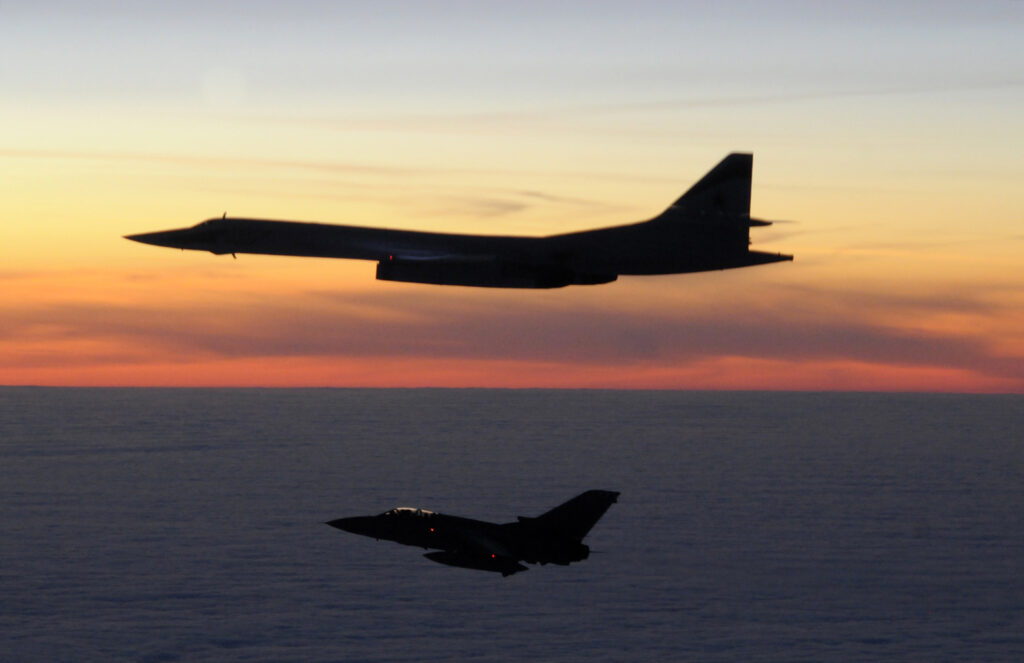
This is my critique of Battlefield Ukraine, the first novel in the six book Red Storm series by James Rosone, an Iraq war veteran. First some disclaimers. I am a defense “enthusiast”, and not a professional by any measure. So read this critique in that light. Secondly, the critique is full of spoilers. So if you intend to read Battlefield Ukraine, which I highly recommend since it’s an awesome novel by every measure, then read it before you read this critique. This is essentially a critique of the military tactics employed by the warring sides in the novel, and will be more enjoyable and contextually clearer if you have already read the novel. With this, let’s begin.
Air And Ship Launched Missiles Vs Ground Launched Missiles
The Russian offensive in the novel begins with an air campaign on a massive scale. It’s the first step in its larger offensive into Ukraine, whose ultimate goal is to conquer Ukraine. Russian Tu-160 and Tu-22 bombers fly at almost tree top level at supersonic speed, and unload a massive barrage of cruise missiles on NATO airbases, command and control nodes, and other targets across Ukraine and the rest of Europe.
Meanwhile, the NATO AWACS aircraft are also taken out by Russian Su-57 stealth fighters. But while this campaign succedes in bringing about Russian air superiority in the region by destroying a large number of NATO aircraft on ground and shooting down many others in air, a large number of Russian aircraft, both bombers and fighters, are also lost to NATO fighters.
Similarly, a little later in the war, a total of 60 Tu-22 bombers, each carrying three antiship missiles each, attack an American CBG (Carrier Battle Group) in the Black sea. In total, therefore, they unload 160 antiship missiles on the CBG. Many Russian fighters, meanwhile, also fire their own antiship missiles at the CBG. The CBG, despite it’s missile defense systems, is overwhelmed and essentially obliterated. But this achievement comes at a huge cost to the Russians. The NATO E3 AWACS flying over Ukraine had detected the bombers taking off from Russian airbases, and had vectored a large number of NATO fighters towards them.
In the resulting air battle, a large number of Russian aircraft, including the bombers, are also lost, even though the antiship missile attack was still successful. There’s one class of platforms, though, that seem to be conspiscuously missing from the discription of these cruise missile barrages against ground and sea targets in the novel- the ground based cruise and ballistic missile launchers that are fielded by the Russian forces today. This is worth discussing because these platforms could be of huge consequence to the scenario described in the novel, as we will discuss below.
Russia currently operates the 9K720 Iskander system for attacking ground targets, and the K-300 Bastion coastal defense system for attacking sea targets. The Iskander system can launch a variety of missiles, among which the most far reaching ones have a maximum range of over 1000 km. These long range missiles are subsonic cruise missiles, while the ballistic missile fired by Iskander (pictured below), is believed to have a range of around 500 km and a maximum speed of Mach 6. The Bastion system operates the P-800 Oniks cruise missile, which is stated to have a maximum range of 350 km against sea targets and 450 km against ground targets.
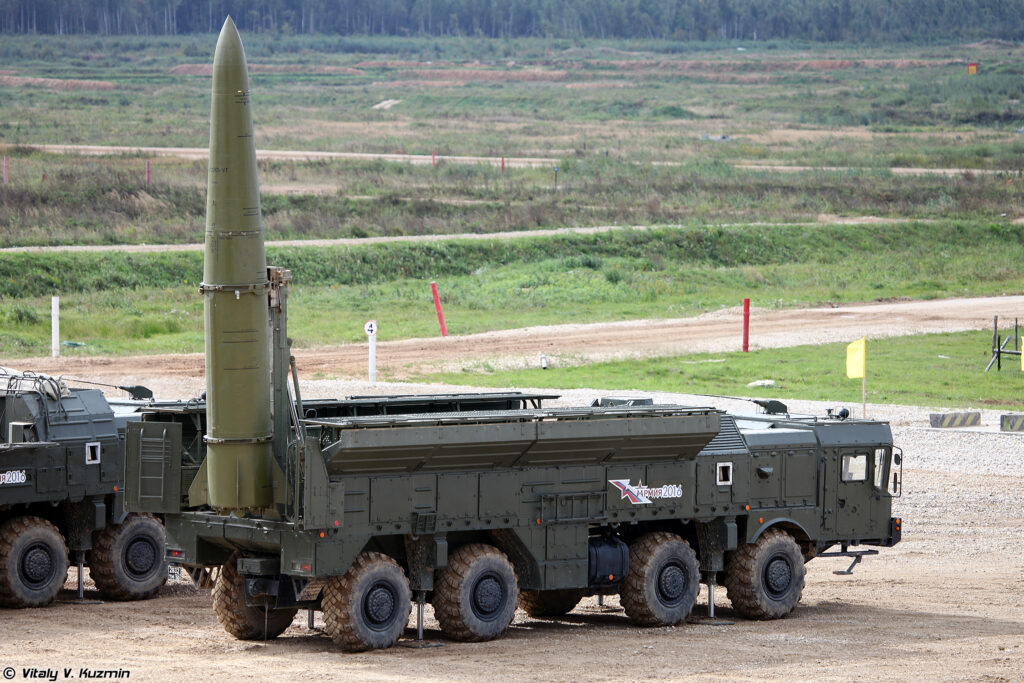
These ranges though, could be deliberately understated for both Iskander and Bastion systems. The P-800 oniks for example, is believed to have a maximum range of 600 km, and recently even an 800 km version is said to have been tested. It is also the precursor of Brahmos, one of the fastest cruise missiles around. Assuming that these missile systems have a maximum range of 600 km, the NATO bases in central and western Europe would still need to be hit by bombers carrying cruise missiles. But the NATO bases in eastern Europe, like the ones in Poland and Ukraine, that in the novel were hit by strategic bombers and fighter bombers, could instead be hit by Iskander system.
Let’s see what the advantages of using these systems would have been. Firstly, the E3 AWACS aircraft flying over eastern Europe detected the bombers and fighters taking off from Russian airbases and vectored NATO fighters to engage them. These E3s would have had a much harder time detecting the missiles being launched by Iskander and Bastion systems.
And even if they had detected the missile launches, there is very little they could have done. Sending fighters to intercept the missiles would have been futile as fighters aren’t capable of intercepting missiles, especially the supersonic ones. And giving the NATO airbases early warning would have been of little help, because since many of these missiles are supersonic with speeds exceeding Mach 3 or even Mach 6, they would have hit the targets at the NATO airbases within minutes of being launched.
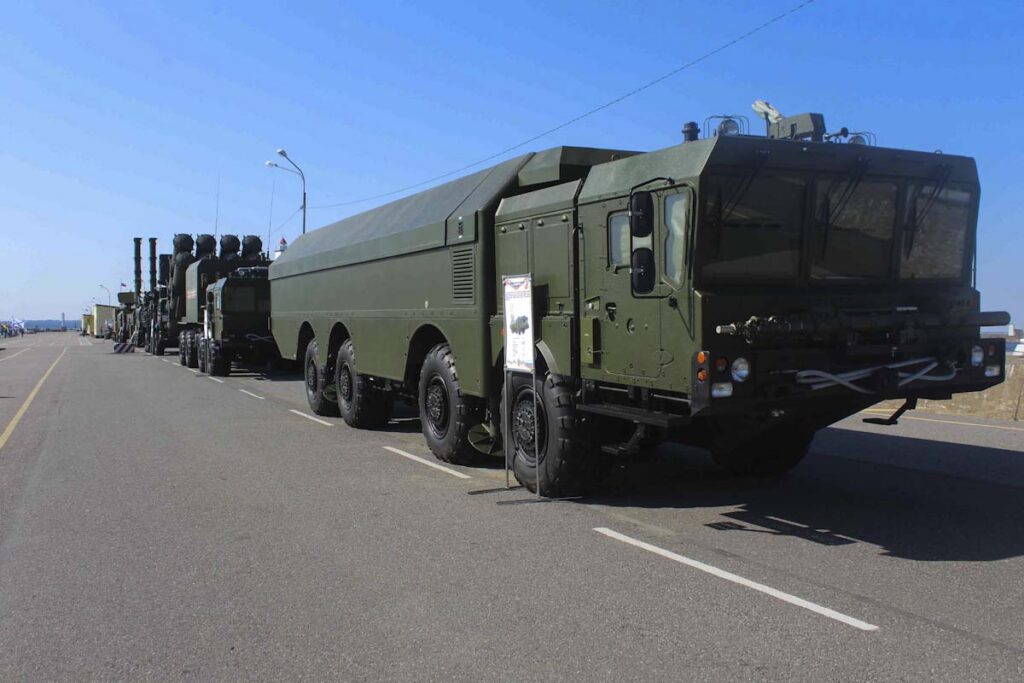
The Bastion coastal defense system could similarily have been used in place of Tu-22 bombers, to attack the CBG in the Black sea. In the novel, it is stated that a total of 60 Tu-22s, each carrying 3 antiship cruise missiles, took off to attack the CBG, bringing the total number of antiship missiles to be launched by them to 180. One TEL (Transporter Erector Launcher) of Bastion system can carry two P-800 Oniks missiles at a time.
So, a total of 90 Bastion TELs would have been able to unleash the same number of antiship missiles against the CBG as the 60 Tu-22s did, and unlike the Tu-22s, these TELs could have done it while staying safely hidden across the Russian coast. Not just this, while the Tu-22s would have to go all the way back to their base to be rearmed with more antiship missiles for a second antiship sortie, the TELs could be rearmed with more antiship missiles immediatily after changing their locations to stay hidden, and then fire off another volley of missiles. And all this without the NATO fighters being able to do much to stop the missiles.
In Absence Of INF Treaty, US Could Have Made Quick Work Of Russian Airbases With Land Based Missiles
In the novel, while the Russian fighters and bombers quickly overwhelm the NATO defences and bomb targets across Ukraine and the rest of Europe, including airbases, the NATO fighters and bombers, caught offguard in a pre-emptive strike, have a hard time retaliating. Eventually, US bombers do start to bomb Russian airbases, and two US B2 stealth bombers also bomb a Russian command building using the massive, 2000 Kg MOP (Massive Ordinance Penetrator) bomb. But they do so at immense risk of getting shot down, and some of them do get shot down. But these strike missions could have been carried out more easily using land based cruise and ballistic missiles, were it not for INF (Intermediate Range Nuclear Forces) treaty.
The US too posessed land based cruise and ballistic missiles in the class of Iskander and Bastion. These included the Pershing ballistic missile and the land launched variant of the Tomahawk cruise missile. However, to comply with the INF treaty, these systems were retired prematurely. In the novel, while the author doesn’t mention it explicitly, one can notice that the absence of these systems on the NATO side constrained the options NATO had to retaliate against the Russian offensive. The Russian airbases that could have been targetted readily using these systems, instead have to be targeted by airstrikes and ship launched Tomahawk cruise missiles, putting these platforms in harm’s way.
This is not to say that the role of warships and strategic bombers can be fully replaced with these land based missile systems. The biggest drawback of the land based systems is their limited range. The Russian Tu-22s and Tu-160s for example, are vital if targets much further away from Europe are to be attacked. These could include NATO warships in the Atlantic, and land targets in other continents. Similarly, the American strategic bombers and warships are vital to attack targets deep inside Russia, where the land based systems can’t reach. But where ever the land based systems could be used in place of bombers and warships, they are worth using due to their readiness and ease of use.
Now with the INF treaty defunct, the US is free to revive such systems. And this indeed seems to be hapenning. One example of land launched missiles in this class being developed after the expiry of the INF treaty is the precision strike missile being developed by Lockheed Martin. Interestingly, the tactics US is developing to deal with advanced air defence systems like the S-400 also involve such mid range missiles and rockets to take take out the air defence sites, instead of using SEAD (suppression of enemy air defences) aircraft like the Wild Weasels, or even fifth generation aircraft like the F-35.
Using Sensor Fused Anti Tank Artillery Munitions
In one part in the novel, Sgt Childers and his group of US soldiers who are present in Ukraine, detect a large formation of Russian tanks using a reconnaissance drone, and call in artillery strikes on them. Sgt. Childers calls in a mix of white phospherous and regular artillery munitions, the plan being that the spontaneous combustion of white phospherous in the air will prevent the Russian tankers from escaping the tanks, and the regular munitions will then destroy the tanks with the tankers inside.
However, while the use of white phospherous to prevent tankers from escaping makes sense, there is another kind of munition that is much better than the regular munition for antitank work. This is an artillery round that consists of two sensor fused antitank munitions. After being fired, these munitions are released from artillery round midflight. They are then retarded by parachute, and use infrared and laser sensors to spot tanks on ground. Once a tank is spotted, they explode, firing a shaped charge at the tank. The video below shows them in operation.
Russians Could Have Used Novel Tactics From Syria In Ukraine
The UR77 Meteorit is a mine clearing vehicle developed in the Soviet Union, that fires wires filled with explosives ahead, and explodes them to destroy all the land mines there, clearing a path ahead for movement. But the necessity to innovate in a war often leads to existing systems being used for novel purposes. In Syria, the UR77 found an unconventional, and unfortunate use. The Syrian Arab Army, faced with rebels using clusters of buildings to hide and ambush them, started using UR77 to blow up entire neighborhoods, as the video below shows.
In the novel, the war also involves urban warfare across Ukraine, with NATO and Russian forces locked in close quarter battles in buildings and city blocks. It is reasonable to imagine Russian as well as NATO forces using such mine clearing vehicles in that setting. On a related note, Sgt. Childers in the novel also employs IED tactics he learned from captured insurgents during his service in Iraq, to target Russian and Seperatist forces in Ukraine. These tactics involve using 155 mm artillery shels as IEDs.
The S-500 System’s Role Is Interesting In The Novel
When two USAF B2 Spirit bombers target the Russian command centre housing the Russian President with MOPs in the novel, one of them isn’t able to close it’s weapons bay in time, alerting the Russian air defences. In response, the Russian S-500 system guarding Moscow manages to shoot down one of the MOPs, and then engages one of the B2s. The missile fired at the B2 fired by the S-500 senses the disturbance in the air created by the B2, homing in on the aircraft, and exploding in its proximity, and thus destroying it by spraying it with deadly pellets.
It should be noted that while it is unclear at present, whether S-500 will be used in only anti missile role, or anti aircraft role as well. But if the later is the case, then the system would almost certainly be utilizing two different kinds of missiles to take out missiles and aircraft. This is because anti aircraft missiles usually carry pellets. Instead of hitting the aircraft directly, they explode in its proximity, spraying it with the pellets.
The advantage of this approach is that the missiles don’t have to be very accurate. And it’s possible for anti aircraft work, because aircraft contain many delicate but vital parts, which if destroyed by one of the pellets, will send the aircraft crashing down. Missiles, however, are more robust and will likely continue to streak towards their target even after enduring a pellet spray. Even if their guidance system is destroyed by the pellets, the rest of the missile will still be deadly simply because of its immense kenitic energy.
In the Gulf war for example, the Patriot systems used against Iraqi Scuds were optimized for anti aircraft role, and carried pallets. Consequently, many of the Scud missiles hit by the Patriot contiued on their paths. Hence, missiles designed for anti missile role attempt to directly hit the target missile to completly destroy it, which requires them to be more accurate. This is one of the reasons why anti missile systems are harder to develop than anti aircraft missile systems. The video below describes the S-500 system in detail.
Conclusion
Overall, the novel is really well written and well researched. It can be categorized as a technothriller. It’s always fun for a defence nerd like me to desect and nitpick these books, but that’s possible only when the book is good enough to be nitpicked, which this one totally is. My best wishes to Rosone for his future endeavors. Also, excuse any inadvertant inaccuracies in this critique, since it’s hard to keep a tab on every detail of a novel. And of course, feel free to comment.

